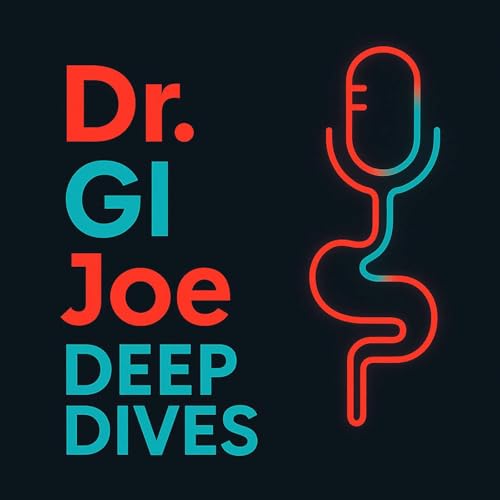Peripheral Arterial DiseaseI. Overview and EpidemiologyPeripheral Artery Disease (PAD) is primarily characterized by the narrowing of the aortic bifurcation and arteries of the lower extremities, including the iliac, femoral, popliteal, and tibial arteries. The most common cause is atherosclerosis. PAD is a significant health concern, considered a "coronary heart disease risk equivalent," meaning both asymptomatic and symptomatic patients face an elevated risk for ischemic events such as myocardial infarction, stroke, and cardiovascular death. Early detection is crucial for risk factor modification.Key Facts:Definition: Narrowing of arteries, predominantly in the lower extremities, due to atherosclerosis.Prevalence: Incidence increases from age 40, reaching approximately 10% by age 70.Gender Differences: Occurs later in life for women but has a higher overall prevalence in women due to their longer lifespan.Cardiovascular Risk: PAD is a "coronary heart disease risk equivalent," placing patients at high risk for myocardial infarction, stroke, and cardiovascular death.Risk Factors:Smoking (current or past)Diabetes mellitusHypertensionHyperlipidemiaIncreasing ageFamily history of atherosclerosisScreening Guidelines (AHA/ACC):Screening with an Ankle-Brachial Index (ABI) is "reasonable in asymptomatic persons" with specific risk factors:Age 65 years or older.Age 50-64 years with atherosclerosis risk factors (e.g., smoking, diabetes, hypertension, dyslipidemia) or family history of PAD.Age younger than 50 years with diabetes and one additional atherosclerosis risk factor.Known atherosclerotic disease in another vascular bed (coronary, carotid, subclavian, renal, or mesenteric artery stenosis, or abdominal aortic aneurysm).Note: The U.S. Preventive Services Task Force finds insufficient evidence to support routine ABI screening for lower extremity PAD.II. Clinical PresentationPAD presents with a wide spectrum of clinical manifestations, as it is defined by an abnormal ABI rather than solely by symptoms.A. Intermittent Claudication (IC)Description: "Exertional leg pain relieved by rest."Symptoms: Cramping, tightness, aching, fatigue in buttock, hip, thigh, calf, or foot, consistent walking distance at onset, not occurring with standing still, relief within <5 minutes by standing or sitting.Progression: Most patients have stable symptoms, but approximately 25% worsen, and 10-20% undergo revascularization within 5 years.Complications: Annual risk for myocardial infarction, stroke, or cardiovascular death is approximately 5% to 7%.B. Atypical Exertional Leg PainPatients may experience pain that does not fit the classic description of claudication.C. Asymptomatic PADDefined solely by an abnormal ABI value without noticeable symptoms.D. Chronic Limb-Threatening Ischemia (CLTI) / Critical Limb IschemiaSeverity: The "most severe form of PAD," affecting fewer than 5% of patients.Manifestations: Ischemic rest pain, tissue ulceration, and gangrene.Ulcer Characteristics: Commonly on distal toes, plantar aspect of the foot, anterior lower leg, or trauma sites. Usually painful with "sharply demarcated borders with a dry, pale gray or yellow wound base without evidence of granulation tissue."Prognosis: High rates of major amputation (30%) and mortality (20%) within 1 year of diagnosis.Treatment: Surgical or endovascular revascularization is usually necessary for limb salvage.III. EvaluationA comprehensive evaluation, including history, physical examination, and diagnostic testing, is essential for suspected PAD.A. History and Physical ExaminationHistory: Inquire about walking impairment, claudication vs. pseudoclaudication (see Table 38 for distinguishing characteristics), skin breakdown, foot ulcers, and education on foot protection.Physical Exam Components (Table 39):Measure blood pressure in both arms (difference >15 mm Hg suggests subclavian stenosis).Auscultate for arterial bruits (e.g., femoral artery).Palpate for abdominal aortic aneurysm.Palpate and record pulses (radial, brachial, carotid, femoral, popliteal, posterior tibial, dorsalis pedis).Evaluate for elevation pallor and dependent rubor of foot.Inspect feet for ulcers, fissures, calluses, tinea, and tendinous xanthoma; evaluate overall skin care.Distinguishing CLTI: Differentiate CLTI from chronic venous disease (leg edema, pigmented/brawny induration of gaiter zone, shin/ankle ulceration).B. Diagnostic TestingAnkle-Brachial Index (ABI):Description: "The most commonly used diagnostic modality" for lower extremity PAD, measuring the ratio of lower extremity to upper extremity systolic blood pressures.Guidelines: Recommended for "all patients with history or physical examination findings suggestive of PAD."Advantages: Simple, inexpensive, noninvasive, sensitivity/specificity approaching 90%.Procedure: Measure blood pressures in both arms and at dorsalis pedis and posterior tibial ankle locations. ABI for each leg is calculated as the higher ankle pressure ...
続きを読む
一部表示
 32 分
32 分 2025/08/0537 分
2025/08/0537 分 2025/08/051 時間 12 分
2025/08/051 時間 12 分 2025/08/0527 分
2025/08/0527 分 2025/08/0525 分
2025/08/0525 分 2025/08/0423 分
2025/08/0423 分 2025/08/0426 分
2025/08/0426 分 2025/08/0438 分
2025/08/0438 分
